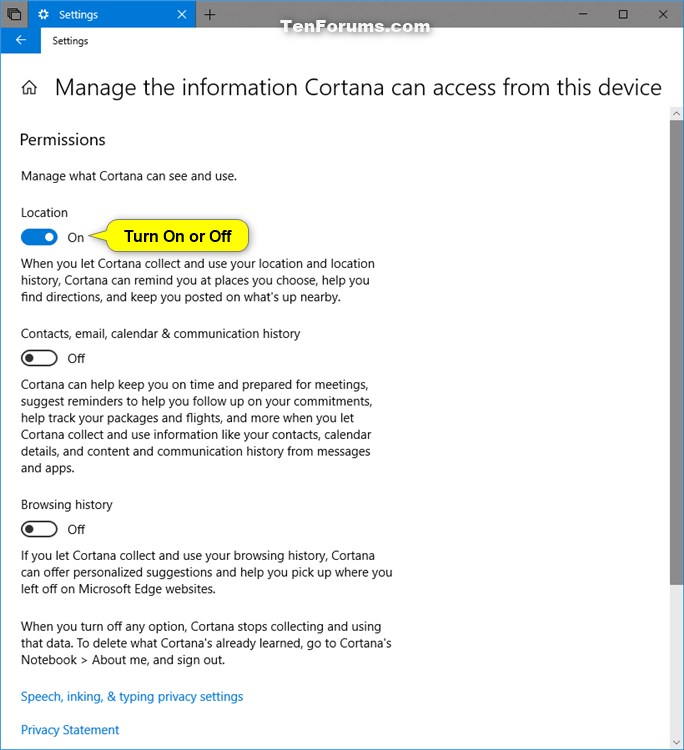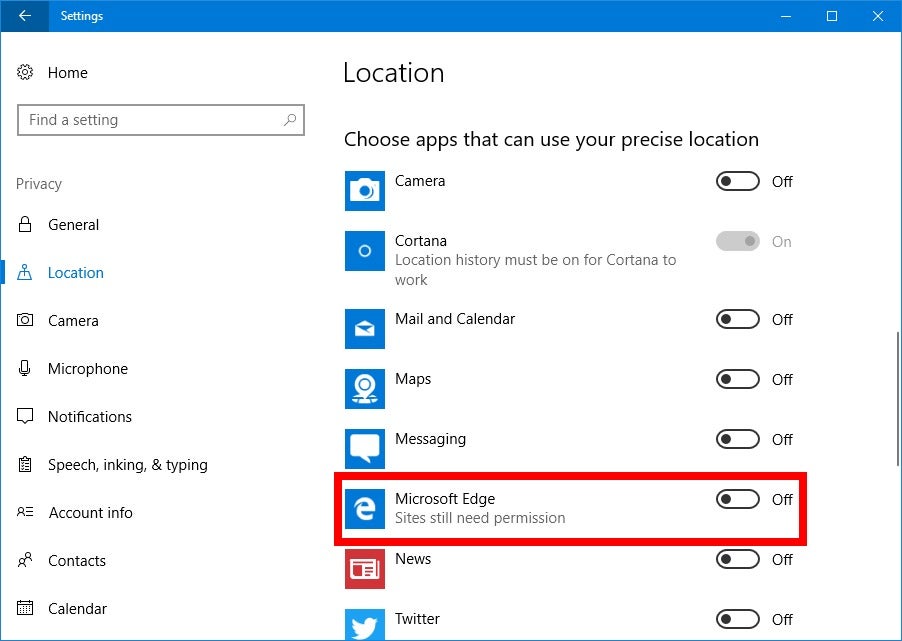


Open Firefox and click the three lines icon in the top right.Here’s how to revoke website permissions in Mozilla Firefox: You can also click the “reset permissions” button to restore all of the permissions to their default settings. In the example below, I’ve disabled notifications from Facebook. You are now presented with a list of all the available permissions for the site and their current settings.You can revoke permissions for all of them, but the top one is usually the main site. You’ll see any subdomains housed under the site’s entry.

Find the website whose permission you want to revoke and click on it. Here you can change permissions across all sites visited or a specific site.Under the Recent activity section, click View permissions and data stored across sites.In the Privacy and Security section, select Site Settings.Click the three dots in the top right corner and select Settings.Here’s how to revoke website permissions in Google Chrome: It can also prevent annoying website notifications and certain cyber attacks. Revoking permissions helps to secure your privacy and prevent websites from collecting personal data that can be shared with third parties or used to identify you. In most cases, permissions granted will remain in place until you revoke them. The mobile versions of these browsers will have similar options. In this article, I’ll show you how to find individual website permissions and revoke them on the desktop versions of Chrome, Safari, Edge, and Firefox. Although you can’t take back any data you’ve already handed over to a website, it is possible (and advisable) to revoke any unused or unnecessary website permissions granted on your browser. Have you ever accepted a permission requested by a website that you later regretted? Maybe you’re getting bombarded with notifications or feel uncomfortable about a website knowing your location.


 0 kommentar(er)
0 kommentar(er)
